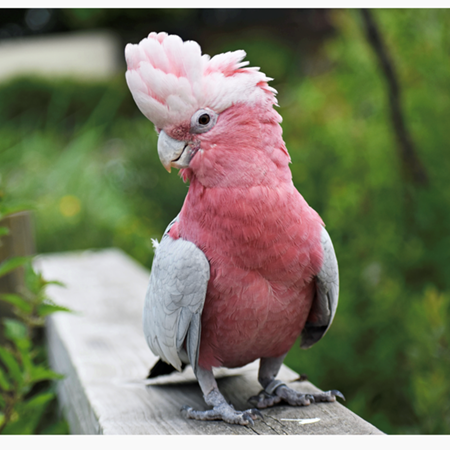
But the specimen is more than 200 years old and not in great shape. Simple examination of the holotype in Paris should reveal whether it is an eastern or western bird. His detective work at that time didn’t settle the debate. Schodde named them Eolophus roseicapilla albiceps and designated a holotype that was collected in Canberra and is held in CSIRO’s Australian National Wildlife Collection. This left the eastern galahs, one of the most familiar birds in all of Australia, without a scientific name. Schodde further reasoned that if the holotype in Paris was a western galah, its name, Eolophus roseicapilla roseicapilla, actually belonged to the western galahs. The holotype was more likely a western bird, Schodde reasoned. The biologists of the Baudin Expedition were more likely to have encountered galahs around Shark Bay in Western Australia.


Galahs were originally birds of arid, inland Australia, only expanding into their present, vast range in the early- to mid-20th century. In the late 1980s, Dr Richard Schodde, then the Director of CSIRO’s Australian National Wildlife Collection, realised the route of the Baudin Expedition wouldn’t have passed anywhere near where eastern galahs occurred at that time. It does not refer to the dark-pink headed galahs from the west as distinct from the pale-pink almost whitish-headed galahs from the east. But was the bird collected back in 1801 really from the east? The name roseicapilla means pink or rosy “hair” and so refers to the general pink colour of the species.


 0 kommentar(er)
0 kommentar(er)
